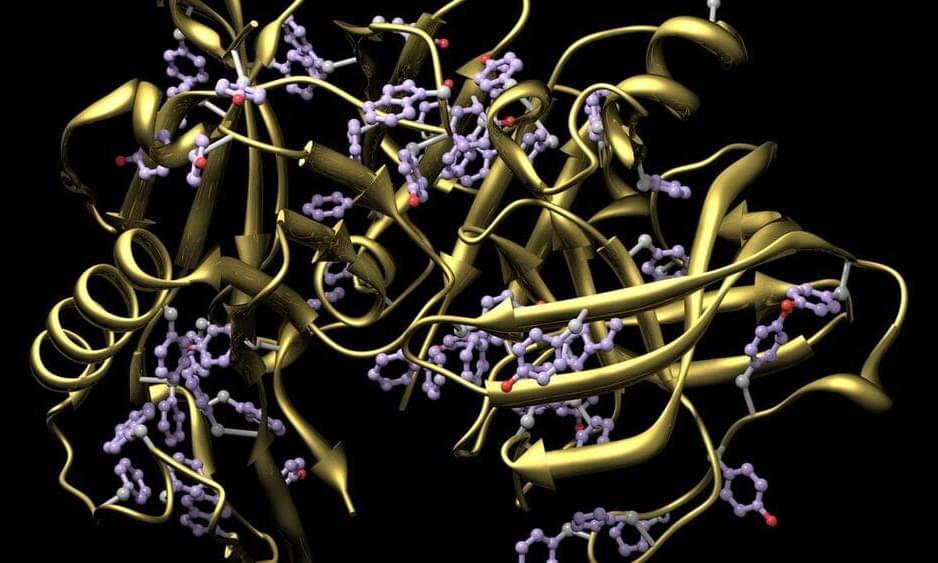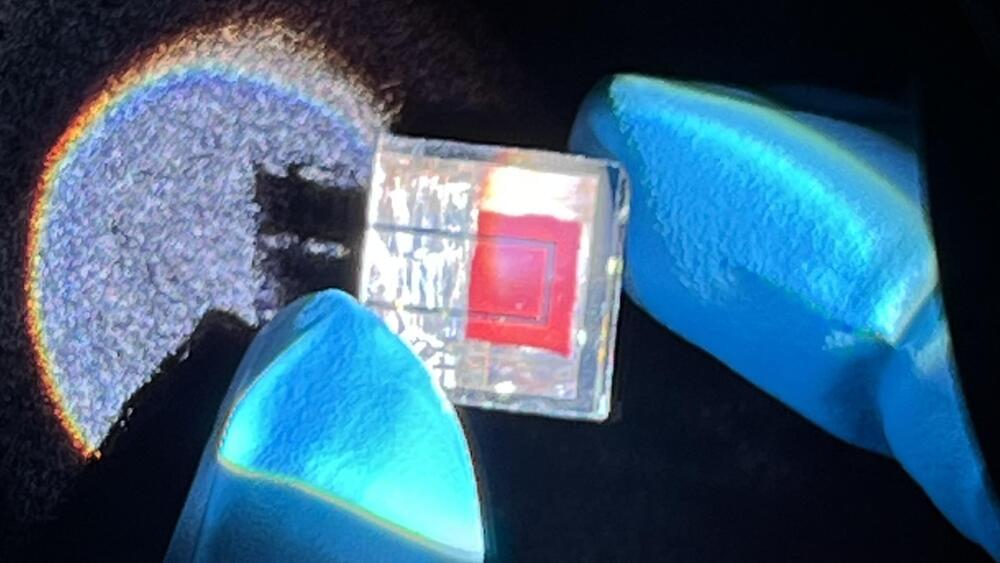Go to https://ground.news/sabine to get 40% Off the Vantage plan and see through sensationalized reporting. Stay fully informed on events around the world with Ground News.
The BBC claims that researchers have found the first evidence for string theory, citing a recent discovery of long-wavelength gravitational waves that might indicate the existence of so-called “cosmic strings.” Crazier still, they think that this could allow time travel! But do these gravitational waves actually mean that cosmic strings exist? And what, if anything, does it have to do with time travel?
This video comes with a quiz which you can take here: https://quizwithit.com/start_thequiz/.…
🤓 Check out my new quiz app ➜ http://quizwithit.com/
💌 Support me on Donorbox ➜ https://donorbox.org/swtg.
📝 Transcripts and written news on Substack ➜ https://sciencewtg.substack.com/
👉 Transcript with links to references on Patreon ➜ / sabine.
📩 Free weekly science newsletter ➜ https://sabinehossenfelder.com/newsle…
👂 Audio only podcast ➜ https://open.spotify.com/show/0MkNfXl…
🔗 Join this channel to get access to perks ➜
/ @sabinehossenfelder.
🖼️ On instagram ➜ / sciencewtg.
#science #sciencenews #physics #stringtheory









